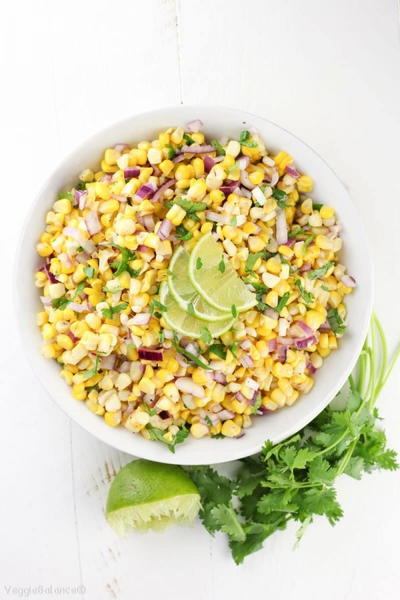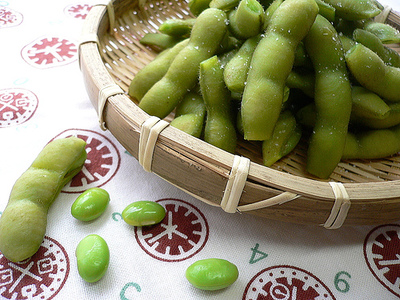All About Lentils: From Cooking Lentils to Lentils Nutrition
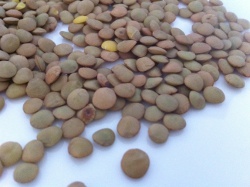 From a velvety red puree in Ethiopia (mesir wat) to a robust soup in Italy (minestra di lenticchie), lentils have graced the tabletops of homes and restaurants the world over for thousands of years, first taking root in the South Asian part of the globe, then fanning out to other areas like the Middle East, Africa and Europe.
From a velvety red puree in Ethiopia (mesir wat) to a robust soup in Italy (minestra di lenticchie), lentils have graced the tabletops of homes and restaurants the world over for thousands of years, first taking root in the South Asian part of the globe, then fanning out to other areas like the Middle East, Africa and Europe.
To the casual observer, these miniscule dots of legumes look like festive confetti, especially since they grow in an array of earthy colors (French green, brown, yellow and tan are the most popular forms). But the benefits of lentils run deeper than their aesthetically pleasing appearance. When cooked, lentils deliver a bounty of health benefits, making them a celebrated staple among nutritionists, dieters and those who simply choose to eat wisely.
"Lentils are a plant-based protein rich in iron, folate, thiamin and vitamin C," describes Heather Albertson, RD, LDN, CNSC, a clinical dietitian specialist at Johns Hopkins Bayview Medical Center. "They're low in fat and lowers cholesterol, therefore helping to fight heart disease." Who knew such diminutive morsels could fight so tough?
The prevalence of soluble fiber in lentils is another health bonus. "Soluble fiber slows the digestion of carbohydrates," explains Albertson. "It reduces spikes in sugar levels and is a healthier alternative to other starches like white rice." Folks who have insulin resistance, hypoglycemia or diabetes, can benefit instantly from a dose of lentils.
“There are 40 grams of carbohydrates in 1 cup of lentils,” continues Albertson, “but they're good carbs that take the form of fiber.” A cup of lentils also holds 230 calories, 16 grams of fiber and 18 grams of protein.
This affordable high source of protein can be stored in airtight containers and with a shelf life of up to one year, giving health-conscious consumers more bang for their buck. With the United States as a top producing titan of lentils, gaining access to this once exotic legume is not so top secret anymore. Major grocery stores from the city to suburbia peddle an extensive assortment of lentils these days.
Incorporating lentils into a healthy diet beckons for simple and straightforward steps. While in their dried form, rinse the lentils then soak them in warm water overnight to reduce the substantial amount of phytates, natural compounds that shed the bioavailability of dietary minerals, suggests Albertson. Bring a pot of water to a rolling boil, then slowly drop in the lentils, first cooking them for 2 to 3 minutes then letting them simmer languidly for 20 to 30 minutes until tender.
The subtle textures of lentils make it a subdued sidekick to a heavy meal. On the other hand, lentils are the star attraction in a dish of Middle Eastern lentil salad (best cooked to al dente heights). Other cultures such as India and Pakistan prefer to showcase lentils in a soup.
After soybeans and hemp, lentils nab the title of third highest plant source of protein. They're an unconventional but unique understudy to the classic meat in lasagna. Formed into patties, lentil burgers can be considered the modern-day soybean burger.
Though they're a healthy legume, the flexibility and diversity of lentils provide a bit of anthropological discovery to a weight management or weight loss program. Healthy consumption need not be dull and one dimensional, especially when it comes to utilizing this little giant.
For more from Dani, be sure to check out her Featured Foodies profile page.
Read NextThe 10 Healthiest Foods: Edamame

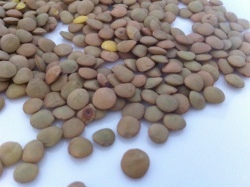
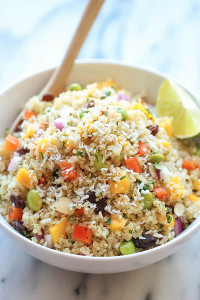
![How to Get Your Vitamins Without the Pills [Infographic]](http://irepo.primecp.com/2016/10/302486/Vitamins-Without-Pills---R2_Large400_ID-1906607.jpg?v=1906607)




